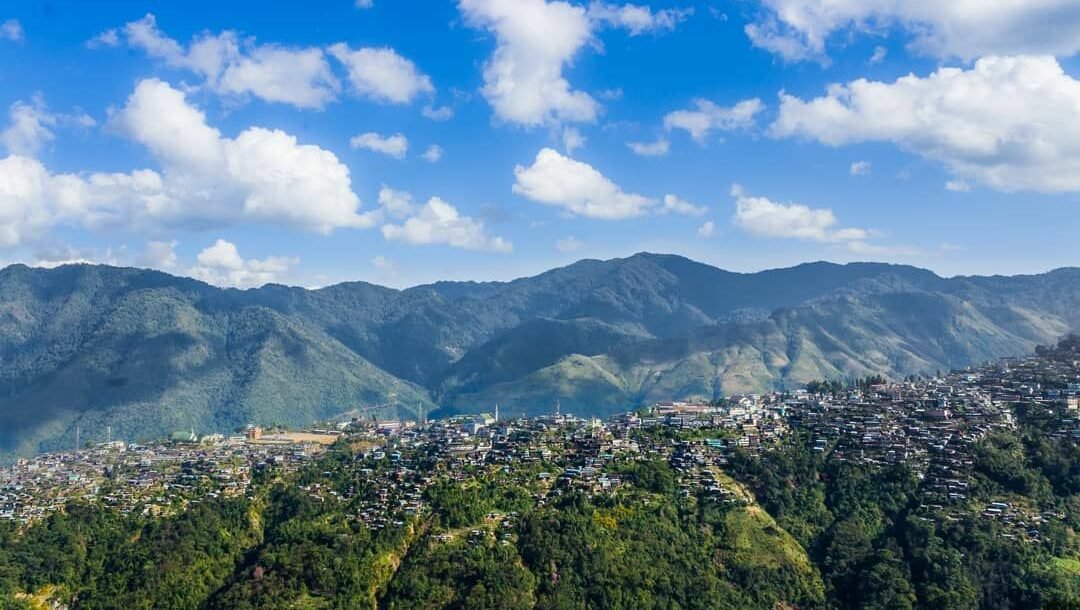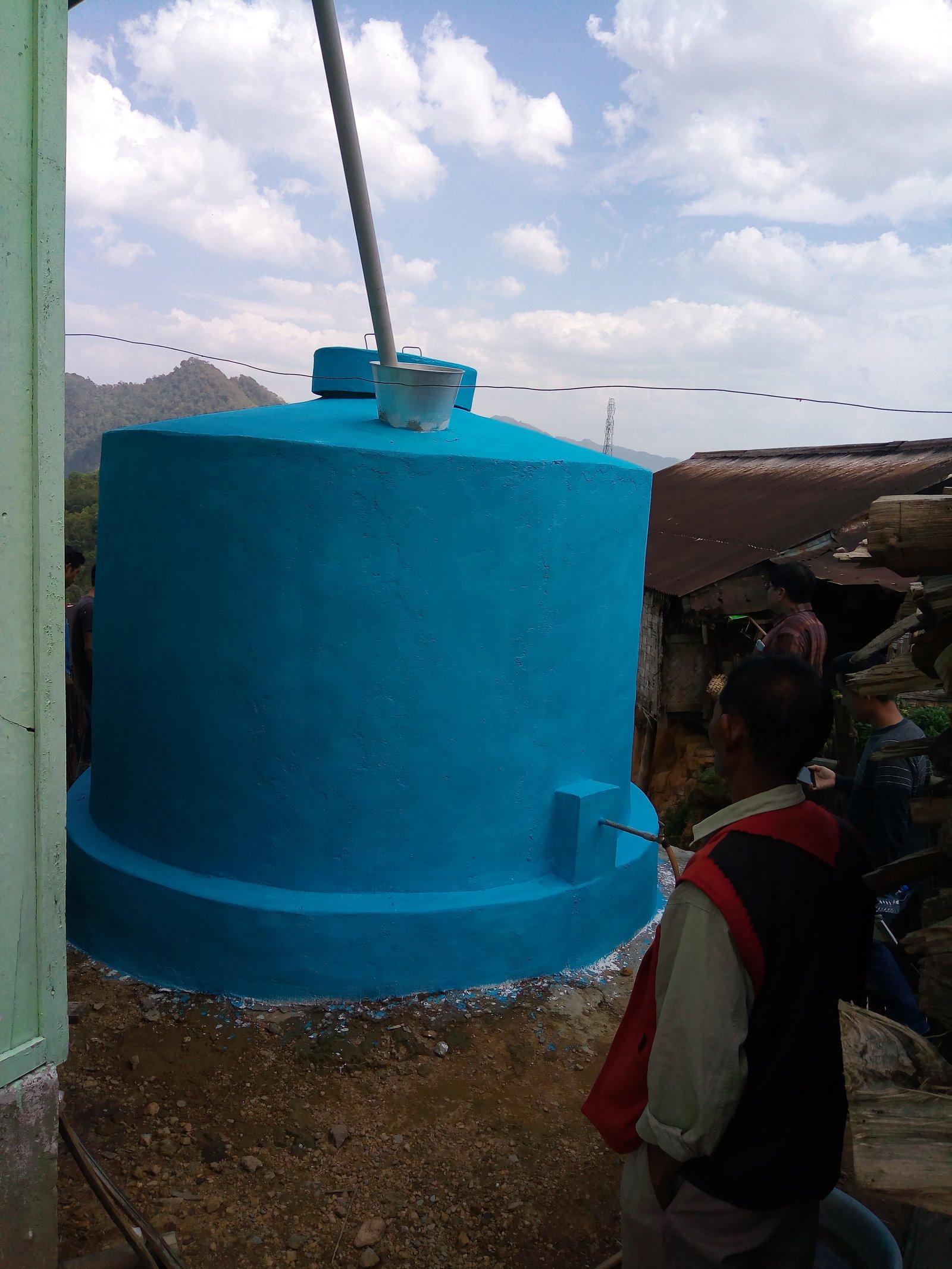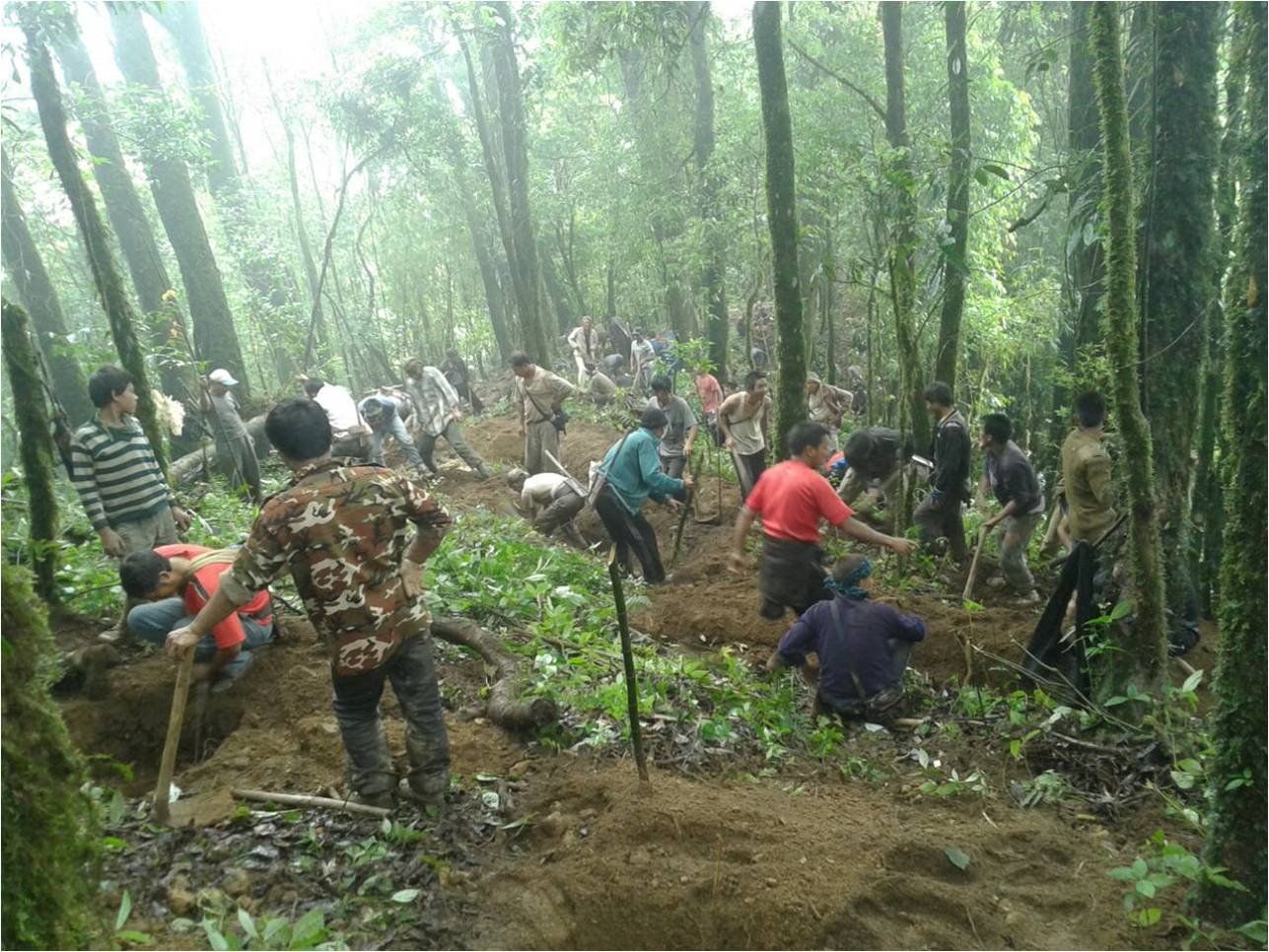© 2024. All rights reserved by ECS | Developed by Free Resource Hub
Most springs in the Indian Himalayan Region (IHR) are under severe threat from extensive cutting down of trees for timber, agriculture, anthropogenic fire, climate change & erratic rain patterns, and over exploitation of the existing natural forest triggering landslides in and around the vicinity, which in turn leads to springs discharge depletion.
To manage the existing springs that feed to the main pipeline connection of Tuensang Village & Tuensang town, a springshed programme supported by NABARD with ECS as the Project Facilitating Agency (PFA) was initiated. Both Tuensang Town and Tuensang Village are facing a major problem in water scarcity as it is located along the ridgeline. Under the Sochet Springshed Project, 06 (six) springs have been identified for rejuvenation.
The project has been initiated with the primary objective of providing spring-based drinking water security to households in the villages and Tuensang town. Key activities that the project has planned to conduct are to control and stabilize extensive jhumming and deforestation in the watershed area; conserve flora and fauna and to promote sustainable development of their land through community participation; promote sustainable livelihood activities of women from the lower economic strata and landless households in the community; increase the infiltration rate as well as recharging the springs in the plantation area to increase the productivity; sustain the spring discharge for long term and thus rejuvenating and increasing the stream discharge and build capacities of the community on spring hydrogeology, enabling them to protect and manage the springshed areas.
The project has been implemented both at the watershed area and at the springshed area with the objective to revive the springs to ensure water security for both domestic and agricultural purpose.
To increase the percolation of runoff water and recharge of groundwater, engineering measures, such as 04 (four) dugout pond activities have been done to increase the moisture content in the soil.
To increase vegetation coverage, and fallow/degraded land interventions, activities such as tree plantation by the community, and even cultivation of cardamom etc. in order to create farm-based income generating activities for farmers and wage earners in the project area, is underway in the watershed area.
The project’s other goal is to enhance the capacities of all the members of the springshed based Watershed Committee, SHGs in managerial and community organizational ability for successful discharge of their responsibility after the exit of the project. To achieve this, the project conducts all the treatment activities and developmental works to be completed with active people’s participation and contribution to the community.
A Project Management Committee (PRM) has been formed with representation from all village institutions. The community was trained on Watershed Development and the technical aspects of Water and Sanitation. The project further plans to conduct area clearing and plantation activities in the near future.
The Construction of brushwood check dam for filtration process has been done to prevent collecting point from landslides, etc. A large part of the community based activity is currently halted due to the lockdown and would be continued later in the year.



